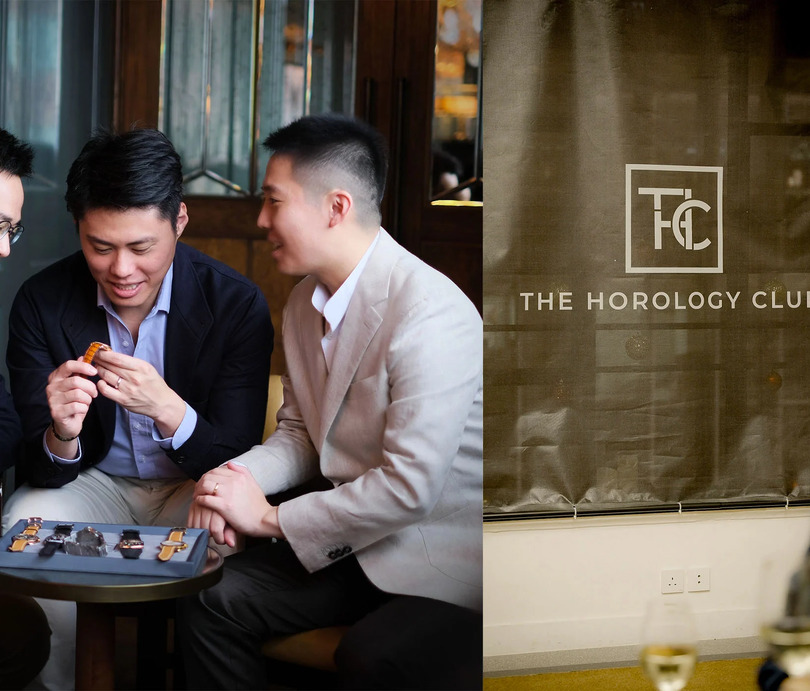
The ticking heart of luxury watchmaking isn't in Geneva's salons anymore—it's in dimly lit cigar bars, encrypted WhatsApp groups, and the Instagram DMs of obsessive collectors. As mainstream brands drown in their own marketing syrup, a quiet revolution brews: watch clubs are rewriting the rules of horological desire.
Imagine a world where Rolex owners are the wallflowers. At The Horology Club's Hong Kong chapter, members trade stories like illicit contraband—not about submariners, but about hand-wound oddities from Austria or skeletonized fever dreams crafted in Dutch garages. "We're archaeologists digging beyond the luxury landfill," says co-founder Helbert Tsang, his Audemars Piguet conspicuously absent.
This isn't collecting—it's horological speakeasy culture. Members pass vintage Patek Philippe calibers across tables like whispered secrets, while YouTube livestreams dissect movement finishes with the intensity of forensic pathologists. The currency here isn't money, but esoteric knowledge.
How does a 900-member tribe form in the age of digital detachment? The recipe is deceptively simple:
Their third-anniversary exhibition wasn't a trade show—it was horological Burning Man, with independent creators as the headliners. "We had CEOs doing shots with collectors at 3AM," laughs co-founder Carlos Pang. "Try that at Baselworld."
As traditional retail channels calcify, these clubs are becoming shadow marketmakers. A WhatsApp thread can vaporize a brand's reputation before breakfast or send some obscure Lithuanian watchmaker's waitlist into 2027. The implications terrish established players:
In this new world, the most coveted timepiece isn't the one behind boutique glass—it's the one being passed around a backroom table, its story growing richer with each fingerprint.



















